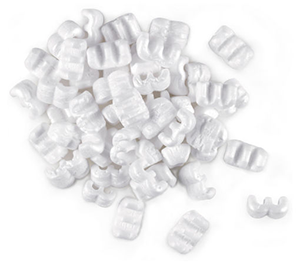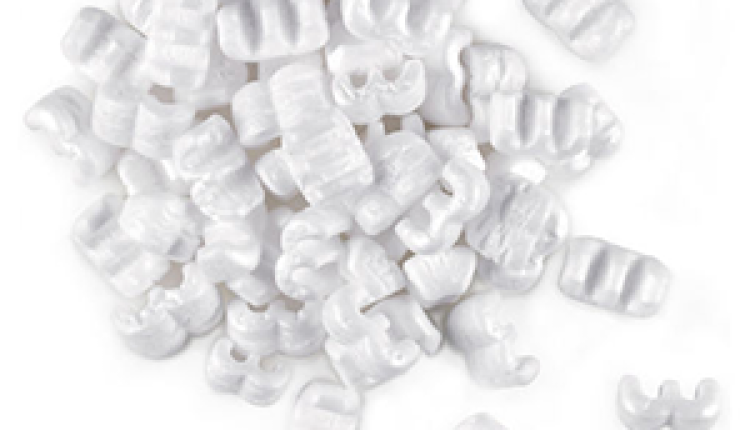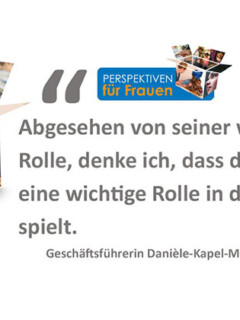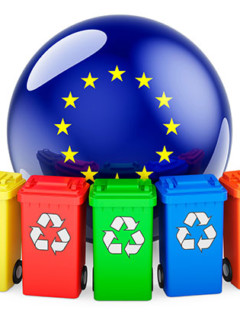Similar to the way a space suit ensures the vital functions of an astronaut, this special bubble wrap offers optimal protection against thermal influences. The shiny silver colour already gives it away: this bubble wrap is no “normal Lupo film”! Of course, the film offers the familiar cushioning properties due to its many small air chambers, but it can do a lot more.
The warm temperatures of the last few days can really make you sweat. It’s a good thing you had a shady spot or air conditioning! If you walk along a row of parked cars on a hot summer’s day, you will find the most curious protective devices against the greatest congestion heat. From professional solutions to giveaway cardboard inserts to artfully stretched white towels, everything is there in an attempt to turn one’s own car into a kind of thermal container.
But what about heat-sensitive goods? As soon as they are packed, medicines, laboratory samples and co. are waiting to be shipped and have a more or less long journey ahead of them. In addition to suitable padding that protects against impacts, an insulating layer that protects the contents from the effects of heat or cold – i.e. a thermal bubble wrap – would be the right thing to do here.
When temperature fluctuations are harmful
It is not only for the car and its occupants that temperature rises or falls can be unpleasant. For many very different products, it is important that the temperature during transport or shipping is not affected, or is affected as little as possible, by the ambient temperature. Food, electronics and medicines, for example, can be damaged by large temperature fluctuations and are best kept in a thermo box.
Inspired by space travel
In order to always be at the right temperature in space, for example, a space traveller needs an appropriate protective suit. This is the only way to protect him from both cooling down and overheating during his spacewalk. Such a spacesuit is made up of several layers consisting of different textiles, plastics and also metals. These protective layers make the suit resistant and are important for temperature equalisation. They are supported by the metallic coating, which reflects solar radiation. Integrated air chambers additionally “cushion” the astronaut from impacts, e.g. from small meteorites flying around.
Special insulation functions
In the same way, the 3-layer thermal bubble film protects sensitive goods from temperature fluctuations and impacts. Especially in the case of heat- or cold-sensitive packaging goods, care should be taken to keep the temperature as constant as possible. This special film fulfils exactly this requirement! Due to its insulating function, it is suitable, for example, for lining transport crates, containers and cardboard boxes in which sensitive goods such as medicines, chemicals or cosmetics are transported. This film is just as flexible to handle as other bubble films: it can simply be cut to size and used to wrap or wrap the goods to be transported. The thermal film ensures a constant temperature. Just like the spacesuit, it forms a protective layer around the product and is also waterproof or moisture-repellent.
How insulating bubble wrap works: air insulates and shine reflects
The thermal bubble wrap “makes use” of physics in two ways: air is a poor conductor of heat, which means that it passes on the heating of the sun’s rays hitting it from outside only very slowly. For a certain time, the stagnant air enclosed in the air cushions serves as a natural barrier between heat and product: the heat flow (convection) is interrupted or slowed down.
And this effect is considerably enhanced by the shiny surface of the thermal air cushion film! This is because a large part of the incident heat radiation is directly reflected by the shiny silver-metallic surface. The surface therefore does not heat up (no absorption of heat) and thus allows the air insulation to do its work unhindered.
Reflection, absorption and transmission
The principle of rescue blankets is well known: Their bright, shiny metallic surface partially reflects the patient’s body heat and thus keeps it on the body. The black, matt fabric of the T-shirt, on the other hand, becomes warmer in the sunlight than the white one. It absorbs the heat (absorption), the fabric of the T-shirt allows it to pass through radiation (transmission).
Here are a few more heat protection basics for the car:
What protection do tinted windows, cardboard windows, curtains, sun visors offer? And how do I apply the heat protection most effectively – outside or inside?
- ALWAYS apply: Never leave people or animals in a parked car. Within MINUTES (!!!) the car can become a heat trap in the sun. Even a slightly open window will not help!
- Light-coloured surfaces reflect the heat (reflection), dark surfaces absorb the heat (absorption). Therefore, effective heat protection is ideally silver-metallic. The incident sun rays and thus also the heat are partly reflected. However, it is a myth that the colour of the car makes a decisive difference – i.e. that dark cars heat up faster and more strongly. The size of the window surfaces is much more decisive. This is because the sun’s rays, and thus the heat, penetrate almost unhindered through the windows.
- The following applies to all types of heat protection: If possible, apply it on the outside. Because only in this way is the heat really stopped and reflected in front of the car, in front of the greenhouse or in front of the window.
- Clearly, the windscreen and front side windows of the car must be completely unobstructed while driving. Sun visors while driving or permanently tinted windows are only permitted on the rear side windows and the rear window. When the car is parked, however, it is particularly important to cover the windscreen. Because of its slope and sheer size, much of the heat enters the vehicle through the windscreen. A reflective cover on the outside of the windscreen or a white cloth as improvised sun protection can help by a few degrees when the car is parked.
- In principle, the following applies: Cover the windows as accurately and completely as possible. If the screens are too small, the sun’s rays and thus the heat will still enter the car. If they are too large, they cannot be fitted properly.4
Silver metallic protection
Incidentally, the silver “spacesuit colour” is given to the bubble wrap by a metallised polyester coating. In this process, an insulating layer is applied to the film by means of a vapour deposition process. This one-sided lamination offers excellent heat and cold insulation: the metal coating reflects the sun’s rays and thus reliably protects the packaged products from high outside temperatures. This proves its worth not only on hot days, but also when goods are to be transported over longer distances in order to “land” fresh – just like astronauts in their space suits.
Thermal packaging is interesting?
Here are articles for further reading:
How long does the insulated box keep cool?

















